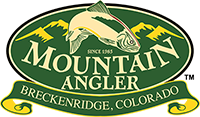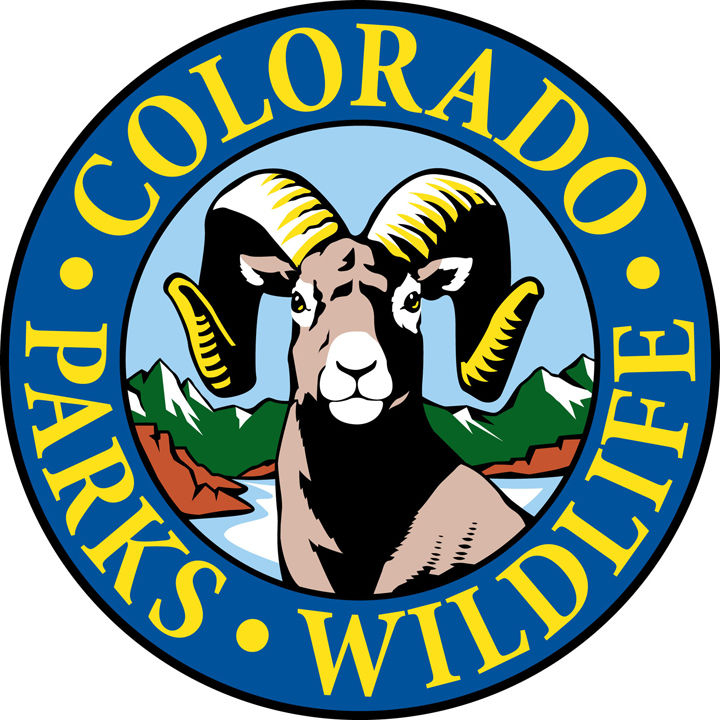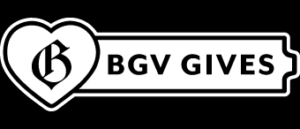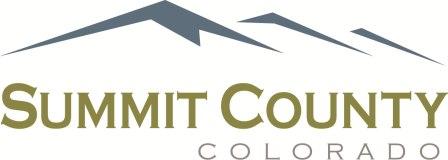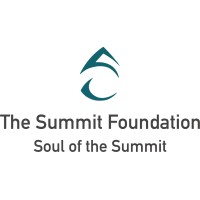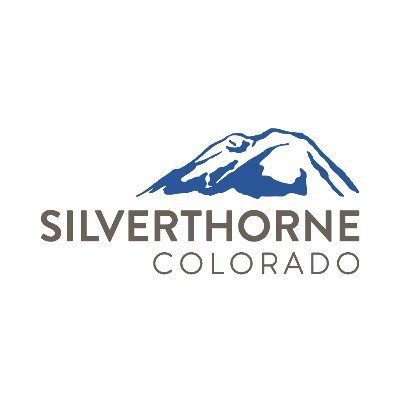Sagebrush in the West

Sagebrush covers massive tracts of land in the west and Canada. According to the Intermountain West Joint Venture, it used to cover 247 million acres in the US, though now it is about half that.
This keystone species supports over 350 species, including the adorable pygmy rabbit and charismatic greater sage-grouse. Several bird and mammal species are almost entirely dependent on sagebrush for survival: Gunnison sage-grouse, sage sparrow, Brewer’s sparrow, sage thrasher, pygmy rabbit, and sagebrush vole. (CPW) Colorado Parks and Wildlife
The plant is alive year-round which is important for the sage-grouse as it depends on it for 100% of its winter diet. It also functions as a nurse plant for other plant species, including important livestock forage plants.
This eco system that some have described as defining the West’s landscape has garnered the attention of several western Senators who recently urged the Department of the Interior to allocate significant funds for sagebrush restoration. The Senators write, “Sagebrush restoration will help a critical landscape in the Western United States – one that supports vast biodiversity, contributes to the regional economy, and is vulnerable to destructive wildfires if not managed properly.”
This was truly bi-partisan as four Republican and four Senate Democrats signed the letter urging massive allocations to this natural infrastructure asset from the Infrastructure Investment and Jobs Act.
One of their main concerns is with wildfire risk that continues to increase across the west. The damaged sagebrush eco-system has a main invasive culprit that increases wildfire risk. Cheatgrass has taken over significant swaths of land from Colorado to Nevada and surrounding regions.
This is important because cheatgrass burns rapidly. Removal of this invasive species is just one initiative. Others include:
-Remove conifers
-Restore and enhance wet meadows and riparian areas
-Promote outcome-based grazing.
The west is a mosaic of various land managers from private to public such as the USFS and BLM to name a few. Sagebrush crosses these jurisdictions and if we are to tackle this issue, we need to work collaboratively.
I see much potential right here in the Lower Blue River Valley.
Tom Koehler








